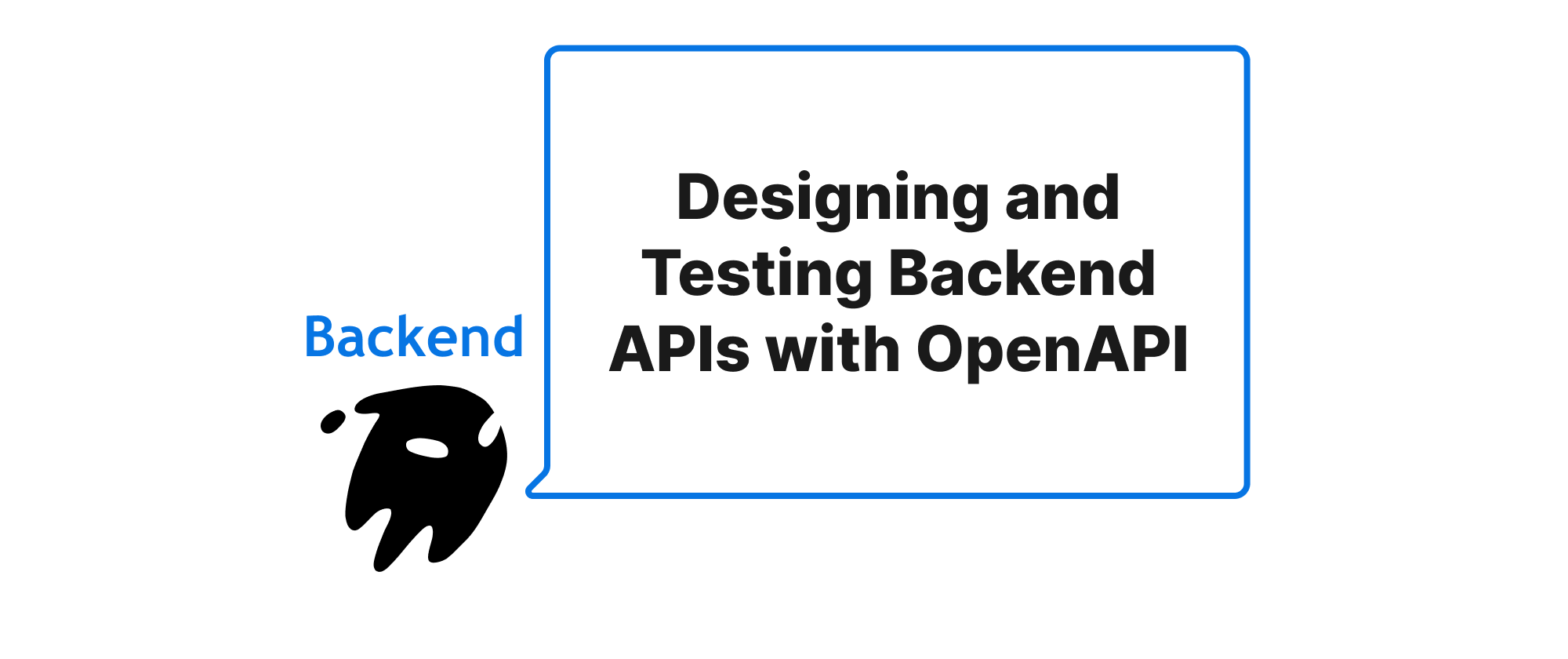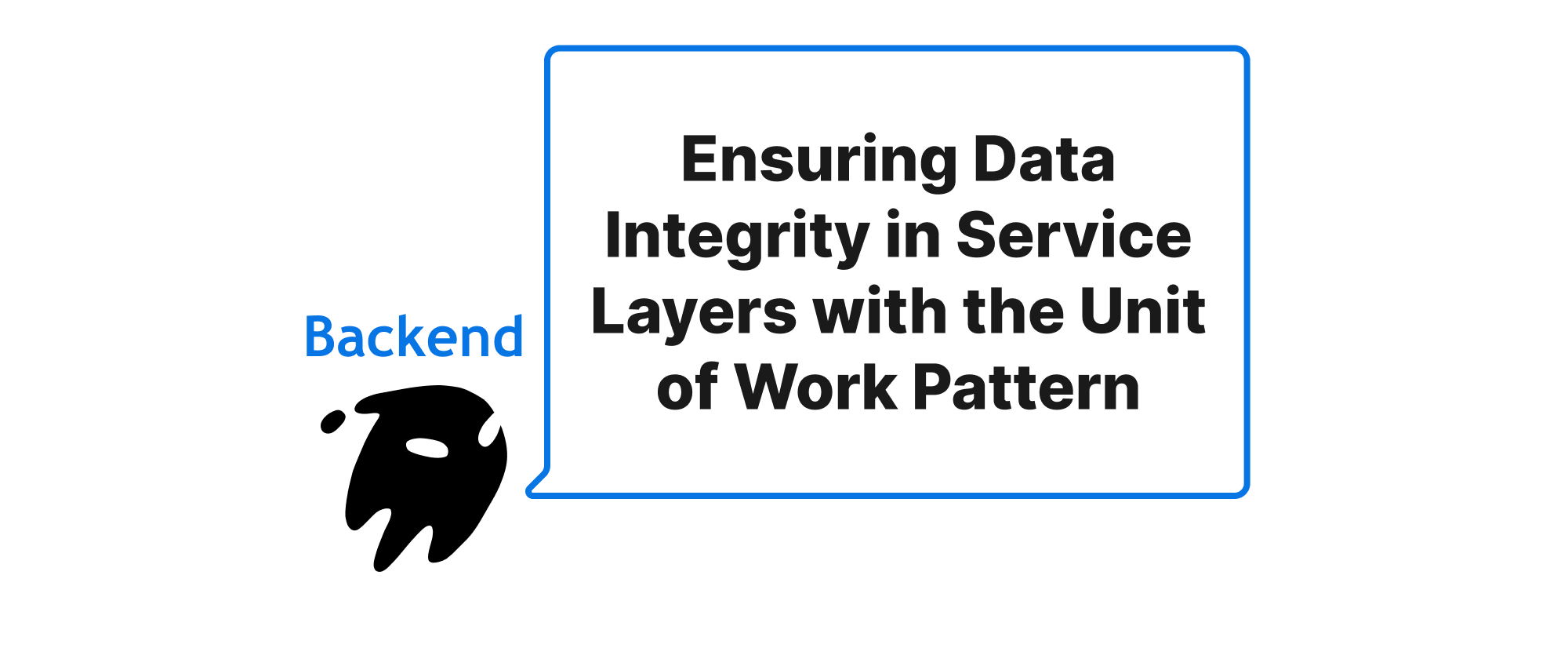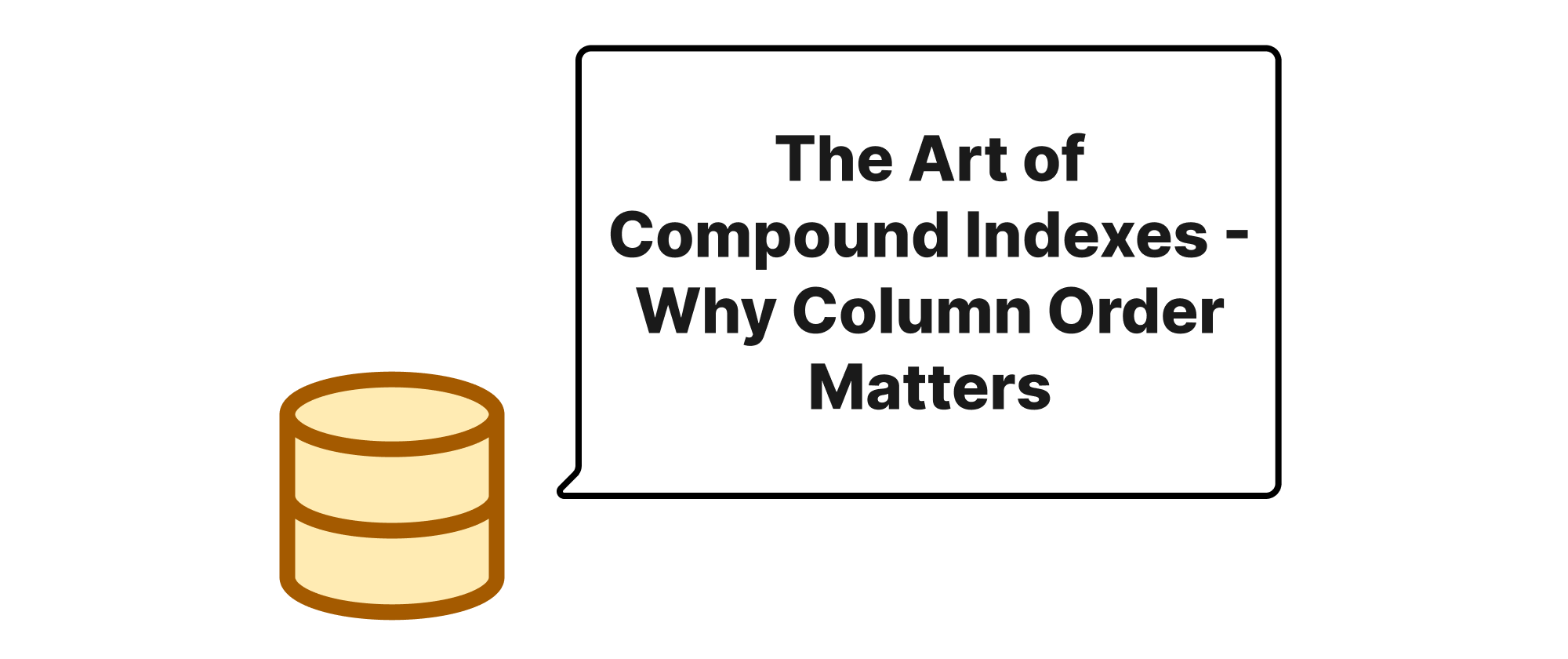Designing and Testing Backend APIs with OpenAPI
Grace Collins
Solutions Engineer · Leapcell

Introduction
In the fast-evolving landscape of software development, APIs have become the bedrock of modern applications, facilitating seamless communication between disparate systems. As these applications grow in complexity, managing API consistency, documentation, and testing becomes a significant challenge. Traditional approaches often lead to desynchronized documentation, arduous manual testing, and communication breakdowns between frontend and backend teams. This is where the OpenAPI Specification, often synonymous with Swagger, steps in as a game-changer. By providing a universal, language-agnostic interface description for REST APIs, OpenAPI empowers developers to define, design, and consume APIs with unprecedented clarity and efficiency. This article will delve into how OpenAPI can drive the backend API design and testing process, transforming it from a reactive chore into a proactive, integral part of the development lifecycle.
Understanding the Core Concepts
Before diving into the practicalities, let's establish a common understanding of the key terms relevant to OpenAPI.
- API (Application Programming Interface): A set of defined rules that enable different applications to communicate with each other. For backend purposes, we primarily focus on RESTful APIs, which follow architectural constraints for networked applications, typically using HTTP methods.
- OpenAPI Specification (OAS): A standardized, language-agnostic interface description for RESTful APIs. It allows both humans and computers to discover and understand the capabilities of a service without access to source code or additional documentation. It is often written in YAML or JSON format.
- Swagger: Historically, Swagger referred to a set of open-source tools built around the OpenAPI Specification, including Swagger UI (for interactive API documentation), Swagger Editor (for designing APIs), and Swagger Codegen (for generating server stubs and client SDKs). While "Swagger" is still commonly used to refer to the specification itself, the specification was donated to the Linux Foundation and renamed "OpenAPI Specification."
- API-First Design: An approach where the API is designed and specified before its implementation. This contrasts with code-first or database-first approaches and encourages a contract-driven development process.
- Server Stub: A basic server-side implementation generated from an OpenAPI specification, providing boilerplate code for API endpoints that can then be filled with actual business logic.
- Client SDK (Software Development Kit): A library of code generated from an OpenAPI specification that allows clients (e.g., frontend applications) to interact with the API easily, abstracting away HTTP request details.
Driving Design with OpenAPI
The fundamental principle of using OpenAPI for API design is API-First development. Instead of writing code and then documenting it, we first define the API contract using the OpenAPI Specification.
Principle: API-First Development
In an API-First approach, the OpenAPI document becomes the single source of truth. Teams collaborate on this specification, defining:
- Endpoints and Paths: The URLs for accessing different resources (e.g.,
/users,/products/{id}). - HTTP Methods: The actions that can be performed on those resources (e.g.,
GET,POST,PUT,DELETE). - Request/Response Schemas: The structure and data types of data sent to and received from the API, often defined using JSON Schema.
- Parameters: Inputs required for each operation (path, query, header, cookie).
- Authentication and Authorization: Security schemes employed (e.g., API keys, OAuth2).
- Error Responses: Standardized error formats for different scenarios.
Implementation: Designing with Swagger Editor
Tools like Swagger Editor allow developers to write OpenAPI specifications interactively, providing real-time validation and a preview of the generated documentation.
Example: A Simple User API
Let's design a basic API for managing users:
# user-api.yaml openapi: 3.0.0 info: title: User Management API version: 1.0.0 description: API for managing user accounts. servers: - url: http://localhost:8080/api/v1 description: Local Development Server paths: /users: get: summary: Retrieve a list of users operationId: listUsers parameters: - name: limit in: query description: How many items to return at one time (max 100) required: false schema: type: integer format: int32 responses: '200': description: A paged array of users content: application/json: schema: type: array items: $ref: '#/components/schemas/User' default: description: unexpected error content: application/json: schema: $ref: '#/components/schemas/Error' post: summary: Create a new user operationId: createUser requestBody: required: true content: application/json: schema: $ref: '#/components/schemas/UserCreationRequest' responses: '201': description: User created successfully content: application/json: schema: $ref: '#/components/schemas/User' default: description: unexpected error content: application/json: schema: $ref: '#/components/schemas/Error' /users/{userId}: get: summary: Info for a specific user operationId: showUserById parameters: - name: userId in: path required: true description: The ID of the user to retrieve schema: type: string responses: '200': description: Expected response to a valid request content: application/json: schema: $ref: '#/components/schemas/User' '404': description: User not found content: application/json: schema: $ref: '#/components/schemas/Error' default: description: unexpected error content: application/json: schema: $ref: '#/components/schemas/Error' components: schemas: User: type: object required: - id - name properties: id: type: string format: uuid example: d290f1ee-6c54-4b01-90e6-d701748f0851 name: type: string example: Alice email: type: string format: email example: alice@example.com UserCreationRequest: type: object required: - name - email properties: name: type: string example: Bob email: type: string format: email example: bob@example.com Error: type: object required: - code - message properties: code: type: integer format: int32 message: type: string
This YAML file precisely defines the user API. Frontend developers can immediately start building their UI against this contract, knowing exactly what requests to send and what responses to expect. Backend developers can use this spec to drive their implementation.
Application: Code Generation
Once the OpenAPI specification is finalized, tools like Swagger Codegen can generate server stubs and client SDKs.
-
Backend (Server Stub Generation): For a backend framework like Spring Boot, Node.js (Express), or Flask, Codegen can generate controller interfaces, model classes, and even basic routing. Developers then fill in the business logic within the generated structure. This ensures the implementation strictly adheres to the defined API contract.
# Example using openapi-generator-cli for a Spring Boot server stub npx @openapitools/openapi-generator-cli generate \ -i user-api.yaml \ -g spring \ -o ./generated-server \ --additional-properties packageName=com.example.userapiThis command would produce a Spring Boot project with
UserControllerinterfaces,Usermodel classes, etc., ready for implementation. -
Frontend (Client SDK Generation): For frontend frameworks like React, Angular, or even mobile apps, Codegen can generate client-side libraries that encapsulate API calls. This eliminates manual HTTP request construction and parsing, reducing errors and saving development time.
# Example using openapi-generator-cli for a TypeScript client npx @openapitools/openapi-generator-cli generate \ -i user-api.yaml \ -g typescript-axios \ -o ./generated-clientThis generates a TypeScript client that frontend developers can import and use:
api.user.listUsers({limit: 10}).
Driving Testing with OpenAPI
OpenAPI specifications are not just for documentation and design; they are powerful assets for automating API testing.
Principle: Contract Testing and Automated Validation
The OpenAPI document serves as a test oracle. Any API implementation should conform to this contract. This enables:
- Schema Validation: Ensuring that request bodies and response bodies adhere to the defined JSON schemas.
- Endpoint Coverage: Verifying that all defined endpoints respond correctly.
- Behavioral Testing: Crafting test cases that cover various scenarios, including valid inputs, edge cases, and error conditions, all based on the spec.
Implementation: Testing with Specialized Tools
Several tools leverage OpenAPI for automated testing.
-
Postman/Insomnia: These popular API clients can import OpenAPI specifications to generate collections of requests, making manual and automated testing much easier. You can then add assertions to validate responses against the schema.
-
Dredd (for Node.js) / Schemathesis (for Python): These tools directly read an OpenAPI specification and test the API implementation against it. They can automatically generate test cases based on the schema definitions and validate the responses.
Example: Testing with Schemathesis (Python Backend)
Let's assume our user API is implemented in Python using Flask.
# app.py (minimal Flask app example) from flask import Flask, jsonify, request import uuid app = Flask(__name__) users_db = {} # In-memory store @app.route('/api/v1/users', methods=['GET']) def list_users(): limit = request.args.get('limit', type=int, default=100) return jsonify(list(users_db.values())[:limit]) @app.route('/api/v1/users', methods=['POST']) def create_user(): data = request.json if not data or 'name' not in data or 'email' not in data: return jsonify({"code": 400, "message": "Missing name or email"}), 400 new_user = { "id": str(uuid.uuid4()), "name": data['name'], "email": data['email'] } users_db[new_user['id']] = new_user return jsonify(new_user), 201 @app.route('/api/v1/users/<user_id>', methods=['GET']) def show_user_by_id(user_id): user = users_db.get(user_id) if user: return jsonify(user), 200 return jsonify({"code": 404, "message": "User not found"}), 404 if __name__ == '__main__': app.run(debug=True, port=8080)To test this Flask application using
schemathesis:# Firstly, install schemathesis pip install schemathesis flask gunicorn # Save your flask app as app.py and run it gunicorn -b 127.0.0.1:8080 app:app & # Then run schemathesis against your running API and the OpenAPI spec schemathesis run -H "Accept: application/json" --base-url="http://127.0.0.1:8080/api/v1" user-api.yamlschemathesiswill send thousands of requests attempting to find schema violations, unhandled errors, and other API inconsistencies. It automatically generates diverse input values to stress-test your API according to the type and format defined inuser-api.yaml. -
Specific Framework Integrations: Many backend frameworks offer integrations. For example, in Spring Boot,
springdoc-openapican generate anopenapi.jsonfrom your annotations, and then you can use tools like REST Assured with schema validation. Alternatively, for frameworks supporting code generation, the generated DTOs can be used directly in unit and integration tests to ensure type safety and serialization conformity.
Application: Continuous Integration and Delivery (CI/CD)
Integrating OpenAPI-driven testing into CI/CD pipelines ensures that every code change is validated against the API contract.
- Pre-commit Hooks/Pre-push Hooks: Validate the OpenAPI specification itself for syntactic correctness and best practices.
- Build Pipeline: Automatically generate client SDKs and server stubs. Run automated contract tests (
schemathesis, Dredd) against a deployed (or mock) version of the API. - Deployment Gate: Fail the build if any contract tests fail, preventing non-compliant APIs from being deployed.
This robust testing methodology catches breaking changes early, enforces consistency, and significantly reduces the risk of integration issues for consumers of the API.
Conclusion
The OpenAPI Specification transforms API development from a series of ad-hoc tasks into a structured, contract-driven process. By leveraging it to drive design, we establish a single source of truth, enabling parallel development, streamlined communication, and rapid prototyping through code generation. Furthermore, integrating OpenAPI into the testing phase empowers developers to automate contract validation and exhaustive behavioral testing, ensuring API quality and adherence to defined standards. Adopting an OpenAPI-first approach significantly enhances collaboration, efficiency, and reliability across the entire API lifecycle. In essence, OpenAPI bridges the gap between design and implementation, enabling developers to build robust, maintainable, and well-documented APIs with confidence.


